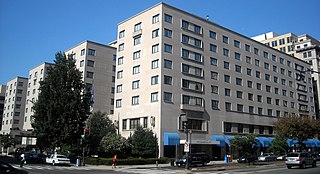 W
WThe 65th Scripps National Spelling Bee was held in Washington, D.C. at the Capital Hilton on May 27–28, 1992, sponsored by the E.W. Scripps Company.
 W
WThe Kede language, Aka-Kede, is an extinct Great Andamanese language, of the Northern group. It was spoken in the Northern section of Middle Andaman island.
 W
WThe Kol language, Aka-Kol, is an extinct Great Andamanese language, of the Central group. It was spoken in the southeast section of Middle Andaman.
 W
WThe Bale language, Akar-Bale, is an extinct Southern Great Andamanese language once spoken in the Andaman Islands in Ritchie's Archipelago, Havelock Island, and Neill Island.
 W
WEnglish is a widespread lingua franca of Algeria according to the CIA World Factbook.
 W
WGutian is an extinct unclassified language that was spoken by the Gutian people, who briefly ruled over Sumer as the Gutian dynasty in the 22nd century BCE. The Gutians lived in the territory between the Zagros Mountains and the Tigris. Nothing is known about the language except its existence and a list of names of Gutian rulers in the Sumerian King List.
 W
WKoryak is a Chukotko-Kamchatkan language spoken by about 1,700 people as of 2010 in the easternmost extremity of Siberia, mainly in Koryak Okrug. It is mostly spoken by Koryaks. Its close relative, the Chukchi language, is spoken by about three times that number. The language together with Chukchi, Kerek, Alutor and Itelmen forms the Chukotko-Kamchatkan language family. Its native name in Koryak is нымылан nymylan, but variants of the Russian "Koryak" name are most commonly used in English and other languages.
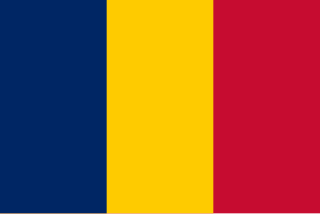 W
WChad has two official languages, French and Modern Standard Arabic, and over 120 indigenous languages. A vernacular version of Arabic, Chadian Arabic, is a lingua franca and the language of commerce, spoken by 40-60% of the population. The two official languages have fewer speakers than Chadian Arabic. Standard Arabic is spoken by around 615,000 speakers. French is widely spoken in the main cities such as N'Djamena and by most men in the south of the country. Most schooling is in French.
 W
WThe languages of Djibouti include Afar, Arabic, Somali and French. Somali and Afar are the most widely spoken tongues, and Arabic and French serve as the official languages.
 W
WThe languages of Mauritania mainly consist of various Afroasiatic languages, including: Zenaga-Berber, Tamasheq-Berber, Hassaaniya Arabic and Standard written Arabic. French is also used due to colonial influence. Some ethnic minorities speak Niger-Congo languages.
 W
WMozambique is a multilingual country. A number of Bantu languages are indigenous to Mozambique. Portuguese, inherited from the colonial period, is the official language, and Mozambique is a full member of the Community of Portuguese Language Countries. Ethnologue lists 43 languages spoken in the country.
 W
WNiger has 11 official languages, with French being the official language and Hausa the most spoken language. Depending on how they are counted, Niger has between 8 and 20 indigenous languages. The discrepancy comes from the fact that several are closely related, and can be grouped together or considered apart.
 W
WSenegal is a multilingual country: Ethnologue lists 36 languages, Wolof being the most widely spoken language.
 W
WNavarro-Labourdin or Navarro-Lapurdian is a Basque dialect spoken in the Lower Navarre and Labourd (Lapurdi) former provinces of the French Basque Country. It consists of two dialects in older classifications, Lower Navarrese and Labourdin. It differs somewhat from Upper Navarrese spoken in the Spanish Basque Country.
 W
WThe Juwoi language, Oko-Juwoi, is an extinct Great Andamanese language, of the Central group. It was spoken in the west central and southwest interior of Middle Andaman.
 W
WOld Sundanese is the earliest recorded stage of the Sundanese language which is spoken in the western part of Java. The evidence is recorded in inscriptions from around the 14th century and ancient lontar manuscripts from the 15th to 17th centuries AD. Old Sundanese is no longer used today, but has developed into into its descendant, modern Sundanese.
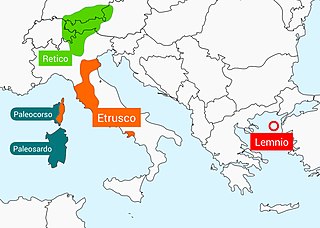 W
WThe Paleo-Corsican language is an extinct language spoken in Corsica and presumably in the northeastern part of Sardinia by the ancient Corsi populations during the Bronze and Iron Ages. The scanty evidence of the language, which comes mainly from toponymy, would indicate a type of Pre-Indo-European language or, according to others, Indo-European, with Ligurian and Iberian affinity.
 W
WPumpokol is one of the Yeniseian languages. It has been extinct since the 18th century. Along with Arin, it shares many features with the ancient Xiongnu and Jie languages, and according to Alexander Vovin, Edward Vajda, and Étienne de la Vaissière, is closely related to them.
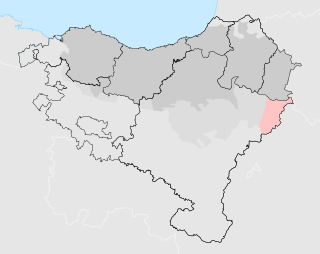 W
WRoncalese is an extinct Basque dialect once spoken in the comarca of Roncal-Salazar in Navarre, Spain. It is a subdialect of Eastern Navarrese in the classification of Koldo Zuazo. It had been classified as a subdialect of Souletin in the 19th-century classification of Louis Lucien Bonaparte, and as a separate dialect in the early-20th-century classification of Resurrección María de Azkue. The last speaker of the Roncalese, Fidela Bernat, died in 1991.
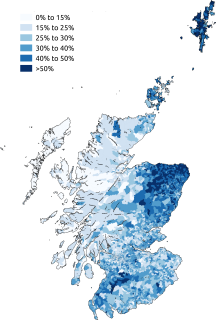 W
WScots is a West Germanic language variety spoken in Scotland and parts of Ulster in the north of Ireland. It is sometimes called Lowland Scots to distinguish it from Scottish Gaelic, the Goidelic Celtic language that was historically restricted to most of the Highlands, the Hebrides and Galloway after the 16th century. Modern Scots is a sister language of Modern English, as the two diverged independently from the same source: Early Middle English (1150–1300).
 W
WSenzar is a supposed original language of the stanzas of Dzyan. It is referenced in multiple locations in works of Helena Blavatsky.
 W
WThe Teaching Knowledge Test, or TKT, is a professional credential that focuses on core teaching concepts for teachers of English as a foreign language. The British Council explains that the TKT "is a test of the skills you need to be successful in teaching English to speakers of other languages". Moreover, it is a rigorous and internationally accepted qualification, administered by a recognized exam board that proves language-teaching abilities.
 W
WUpper Navarrese is a dialect of the Basque language spoken in the Navarre community of Spain, as established by linguist Louis Lucien Bonaparte in his famous 1869 map. He actually distinguished two dialects: Meridional and Septentrional. However, the southern varieties became extinct early in the 20th century mainly after becoming absorbed by Northern Spanish or Aragonese. So documentation of the Meridional subgroup is rendered impossible. It is unknown whether the extinction was due to Francisco Franco's fierce suppression of Basque culture.